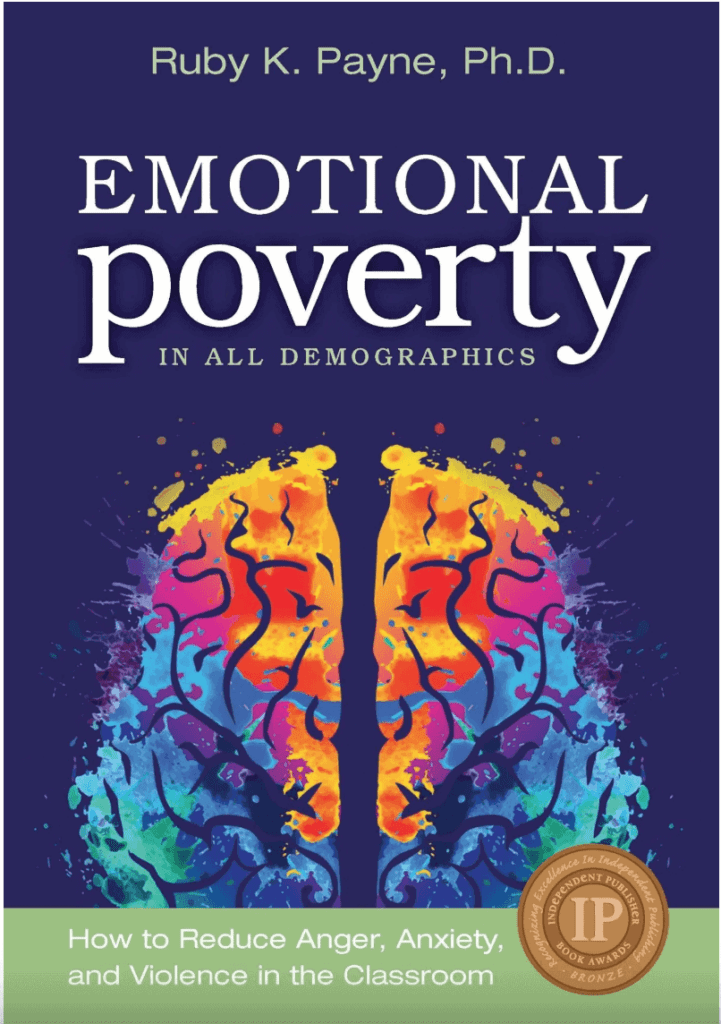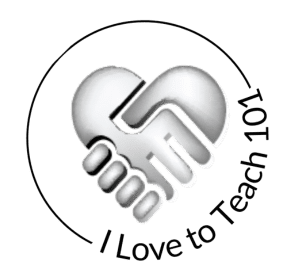Why Empowering Students Improves Learning

Empowering students enables deeper learning and greater engagement. I once heard a principal say, “Teaching is what teachers do TO students. Learning is what students do WITH teachers and FOR themselves.” When education becomes a collaborative effort in a classroom that promotes communication, critical thinking, and emotional well-being, students develop the confidence to think independently, ask questions, and apply new knowledge. An empowered student believes they are capable of learning anything and that no goal is beyond their reach.
Collaboration
Educational philosopher John Dewey promoted the idea that children learn best by doing as early as the 1940s and ’50s. Unlike traditional behavioural and cognitive educational theories, which focused on direct instruction, project-based learning was a student-focused method of instruction shifted the focus to student-driven learning.
In a collaborative environment, students feel encouraged to ask more questions, test different ideas, and push beyond traditional limitations. Empowering students in this way allows them to explore and think beyond the teacher’s initial direction.
Collaboration is now recognised as one of the foundational 21st-century skills. High school students, in particular, benefit from structured team-based learning, as it strengthens their ability to problem-solve and communicate effectively in group settings.
Communication is critical to empowering students learning
As classrooms become more linguistically and culturally diverse, effective communication is more important than ever. Language and social meaning behind words evolve, making it essential to teach students how to communicate in a meaningful way.
For example, in Australia, the term “deadly” is used by Indigenous Australians to mean excellent or impressive. The health initiative Deadly Choices was built around this positive language and used social media to engage communities in discussions on health, smoking cessation, and chronic disease prevention.
This demonstrates that empowering students isn’t just about classroom discussions—it also means meeting them where they are, whether through social media, digital tools, or peer collaboration. When students take ownership of their learning, they become active participants rather than passive recipients.
Critical thinking
Critical thinking is a skill that must be explicitly taught and modelled. It occurs in the prefrontal cortex, which develops gradually over time. Without proper support, this skill can remain underdeveloped, leaving students dependent on rote learning rather than analytical thinking.
One of the leading advocates for critical thinking in education, Colin Seale, challenges the misconception that some students are “too low” for critical thinking. He argues that “genius is distributed equally, but opportunity is not.” This highlights the importance of creating opportunities for all students to engage in higher-order thinking and problem-solving.
Empowering students to struggle through complex problems, evaluate solutions, and make independent decisions builds their confidence and resilience. Critical thinking requires practice and patience, but it equips students with the ability to apply knowledge in real-world scenarios.

Social and emotional well-being
The terms social and emotional well-being are often used together, but what do they mean when it comes to empowering students?
Social wellness refers to a student’s ability to respect and interact with others, even when they hold different opinions.
Emotional well-being is a student’s ability to regulate emotions, develop self-awareness, and handle challenges.
Developing healthy communication and conflict-resolution skills is essential. High school debates and Socratic seminars are excellent ways to teach students how to express their ideas, engage in civil discourse, and analyse different perspectives. Even younger students can benefit from structured discussions that encourage them to listen actively and respond thoughtfully.
Empowering students to take risks
When students feel safe to take risks in their learning, they develop greater confidence and resilience. However, for some students, emotional regulation is a challenge, which can lead to frustration or disengagement.
Dr Ruby Payne, author of emotional poverty in all demographics, explores the impact of emotional struggles in school. She explains that students who feel shame or a sense of being “less than” may struggle to regulate their emotions, leading to behavioural challenges or avoidance of academic tasks.
Understanding the difference between shame and guilt is important:
Guilt is feeling bad about something you did (e.g., forgetting homework), and it can be remedied through action.
Shame is feeling bad about who you are, which is much harder to overcome.
Teachers can support students by creating a classroom culture where mistakes are seen as opportunities to learn, rather than sources of shame.
The Role of the Teacher in Empowering Students
An emotionally healthy student feels safe making mistakes, taking risks, collaborating, thinking critically, and communicating effectively.
Empowering students is about giving them ownership of their learning. It’s about fostering curiosity, self-motivation, and the ability to seek answers independently. When students feel confident in their ability to learn, question, and explore, they become lifelong learners.
As teachers, our greatest success is seeing students take charge of their own education and share their learning with others. That’s when we know we’ve done our job well.
Further Reading
Emotional Poverty in All Demographics – Dr Ruby Payne
ThinkLaw – Too Low for Critical Thinking?
Inquiry-Based Learning Module for Student Empowerment
